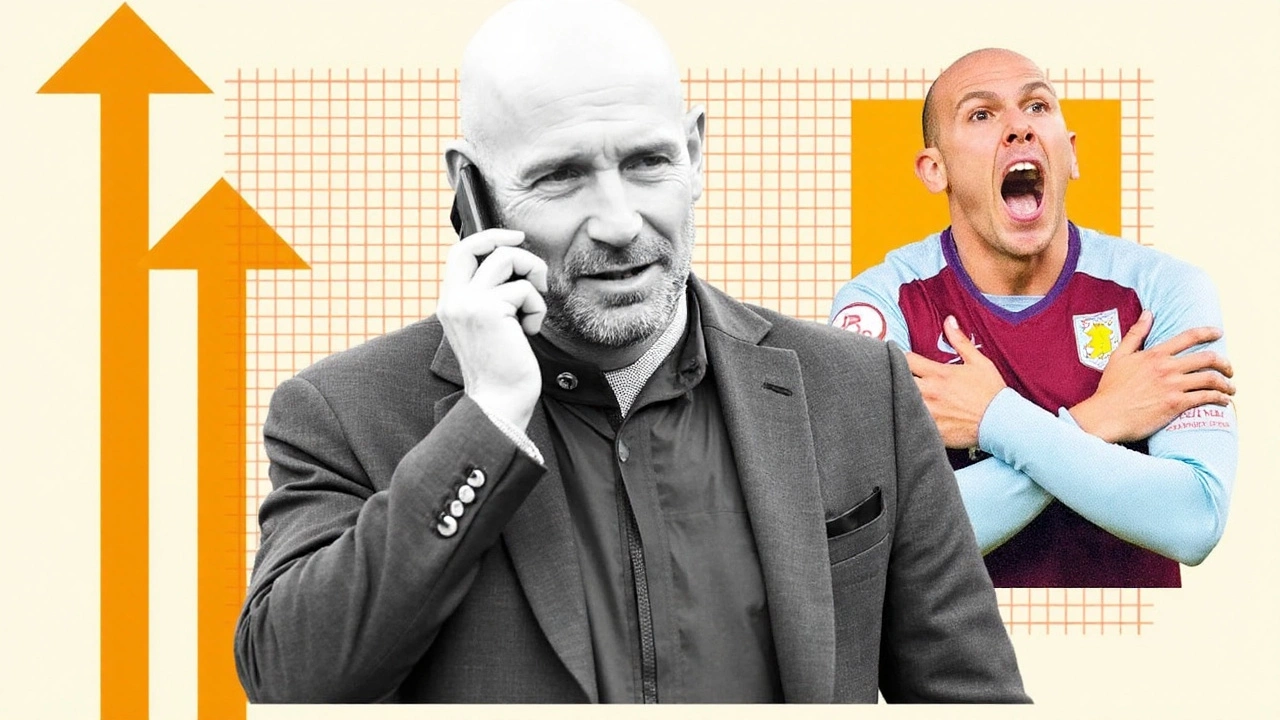Sporting Director Overview – September 2025
When talking about Sporting Director, the senior executive who designs a football club’s long‑term sporting strategy, oversees recruitment and bridges the gap between owners and the coaching staff. Also known as director of football, it shapes how clubs build squads and plan success. Think of it as the mastermind behind the scenes – the person who decides which players fit the philosophy, which coaches get the job, and how the budget is spent. This role isn’t just a title; it’s a bridge that connects business goals with on‑pitch performance.
Football Management, the collection of roles, processes and decisions that run a professional soccer organization relies heavily on the sporting director’s vision. Without a clear strategy, clubs often wobble between short‑term fixes and chaotic transfers. The sporting director sets the recruitment policy, meaning they decide whether the team buys experienced stars, nurtures academy talent, or a mix of both. This alignment with the club’s hierarchy can make or break a season.
High‑profile examples illustrate the impact. Monchi, renowned for building Sevilla’s talent pipeline and delivering record‑breaking profits turned a modest budget into a European powerhouse by trusting data‑driven scouting and a consistent playing style. Meanwhile, Dan Ashworth’s work at Leicester City showed how a sporting director can embed a club’s identity into every transfer decision, turning a mid‑table side into a league champion. Both cases prove that a clear recruitment philosophy adds real value.
But it’s not all smooth sailing. Poor recruitment is the fastest way to lose fan trust and drain finances. When a sporting director pushes players who don’t fit the manager’s tactics, the squad can become a mismatched puzzle. That’s why the role demands a blend of analytical skills, market knowledge, and strong communication with the coaching staff. In short, strategic planning and scouting expertise go hand in hand.
Why the Sporting Director Matters Today
The modern game is faster, data‑rich, and financially intense. Clubs now need someone who can interpret analytics, negotiate deals, and stay ahead of market trends. This is where the sporting director’s influence extends beyond the transfer window – they shape youth development pathways, monitor player performance metrics, and even advise on sports science investments. Their decisions affect everything from ticket sales to brand reputation.
Ownership alignment is another critical piece. When the club’s board and the sporting director share a vision, resources flow smoothly, and long‑term projects survive short‑term setbacks. Conversely, a mismatch can lead to frequent managerial changes, wasted transfer funds, and fan unrest. The best clubs treat the sporting director as a permanent pillar of their strategy rather than a fleeting appointment.
Looking ahead, the role will likely evolve. Expect more integration with technology, deeper collaboration with data scientists, and an even stronger voice in salary cap discussions. As the game becomes more global, sporting directors will need cultural awareness to recruit talent from diverse markets while maintaining a cohesive team identity.
All these angles – recruitment, strategy, ownership alignment, and future trends – come together in the articles you’ll find below. Dive in to see real‑world examples, practical tips, and a clear picture of why the sporting director is the unsung architect of modern football.
Sporting Director: The Unsung Architect Shaping Modern Football
An in‑depth look at the rise of the sporting director in football, exploring its day‑to‑day duties, strategic importance, and high‑profile examples such as Monchi and Dan Ashworth. The piece examines why clubs increasingly rely on this role, the pitfalls of poor recruitment, and how alignment with ownership can make or break a tenure. It also maps the Premier League landscape and predicts the future of football’s back‑room architects.
